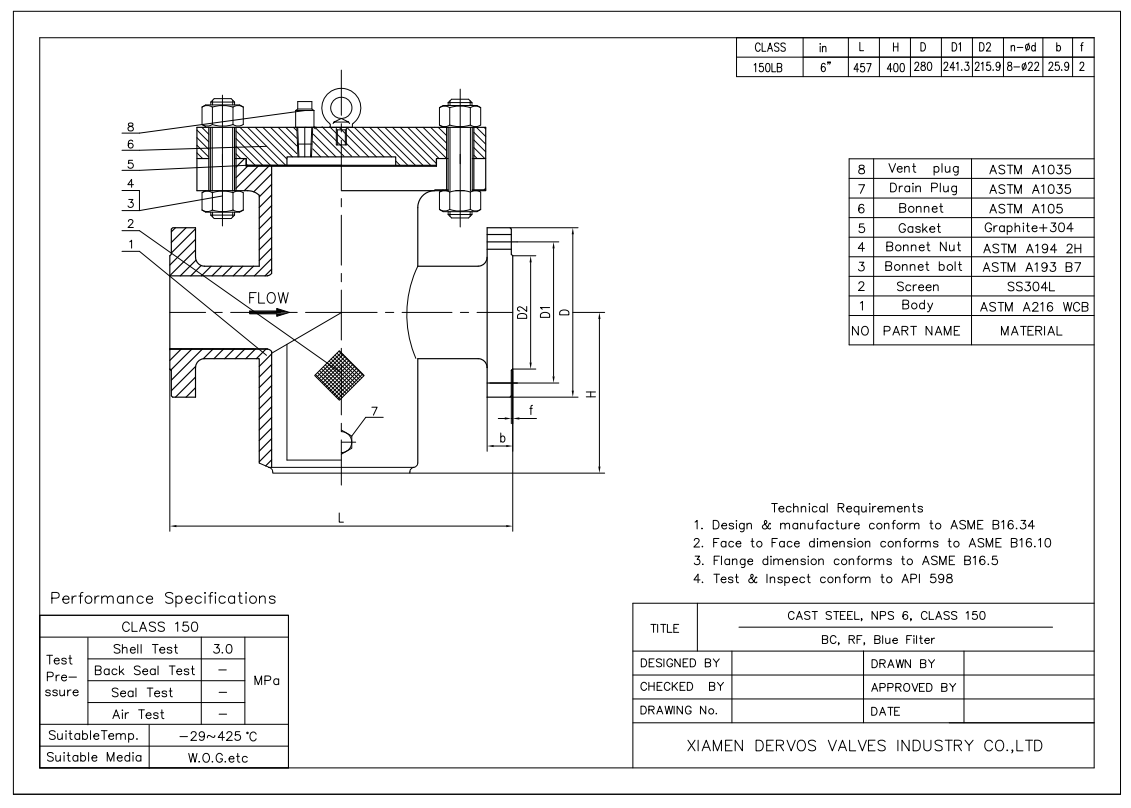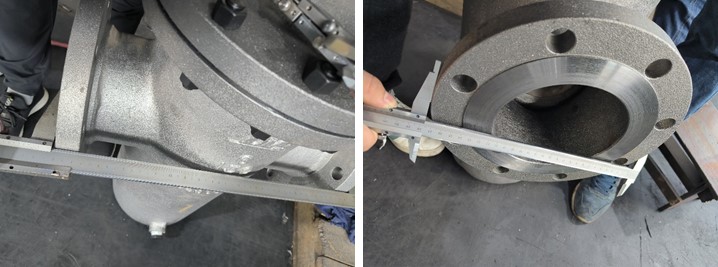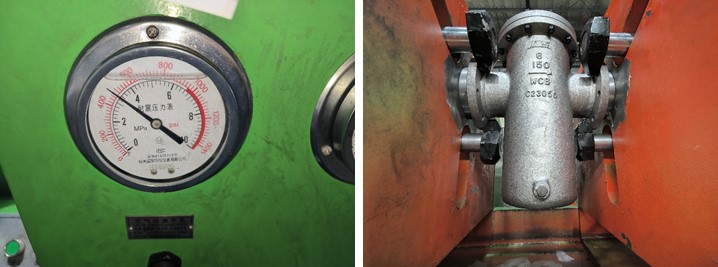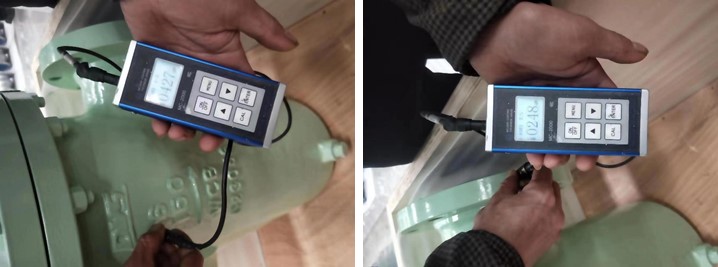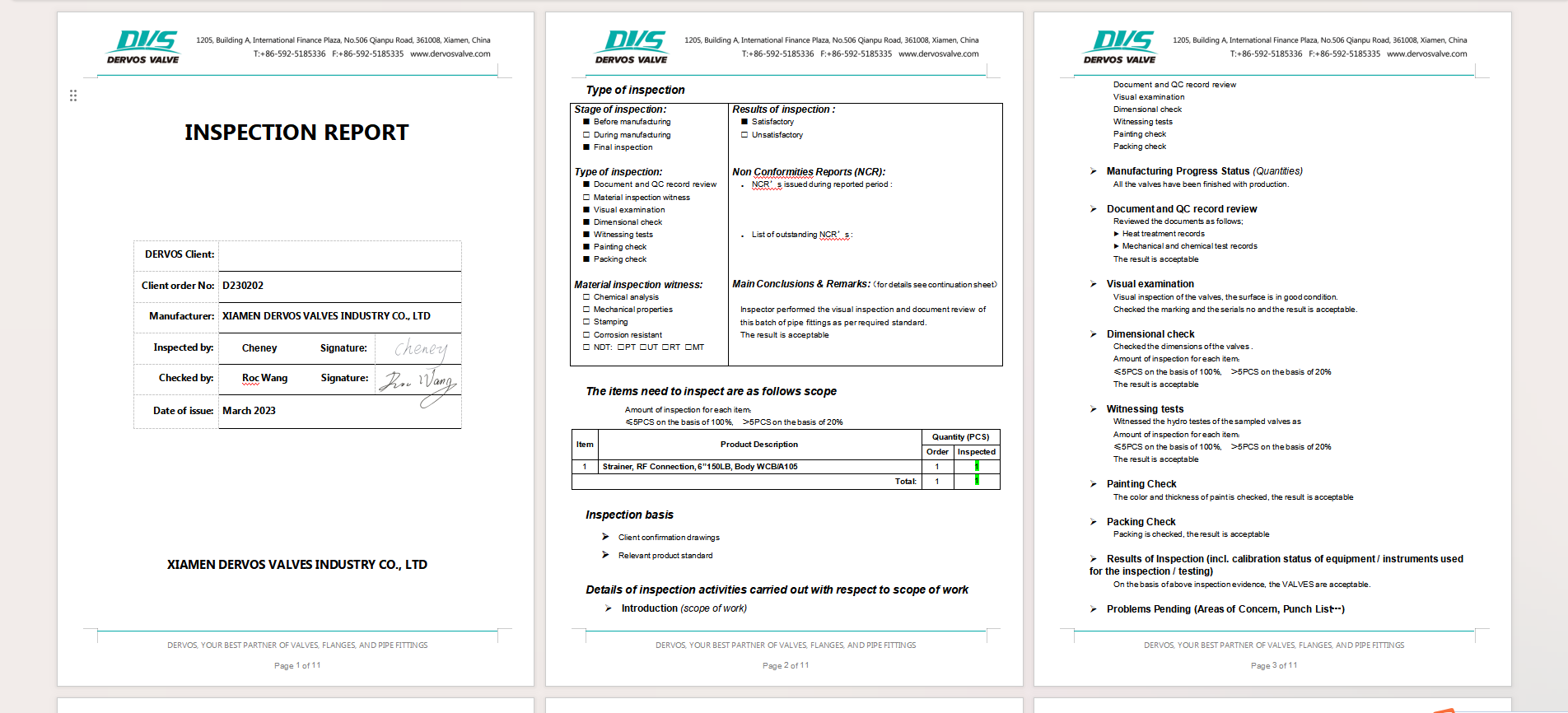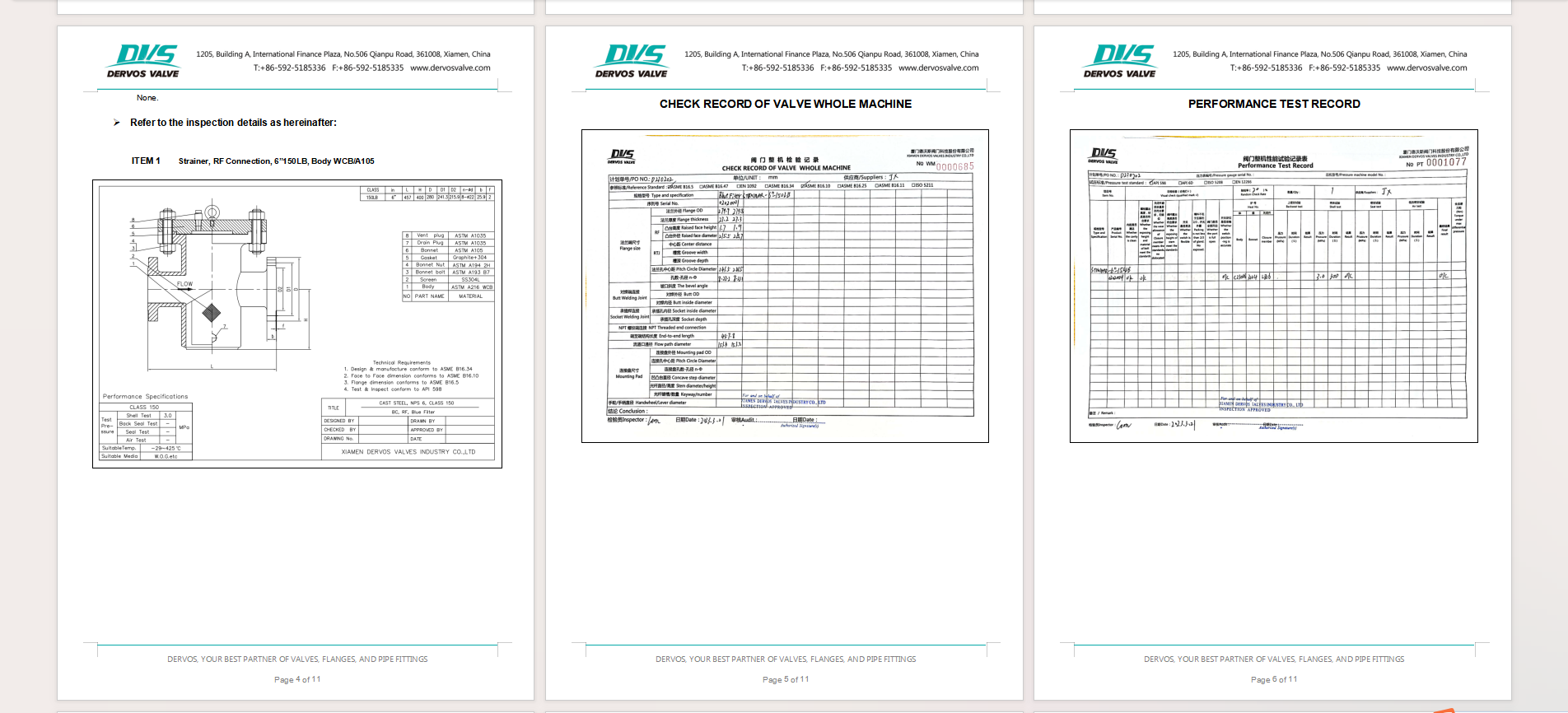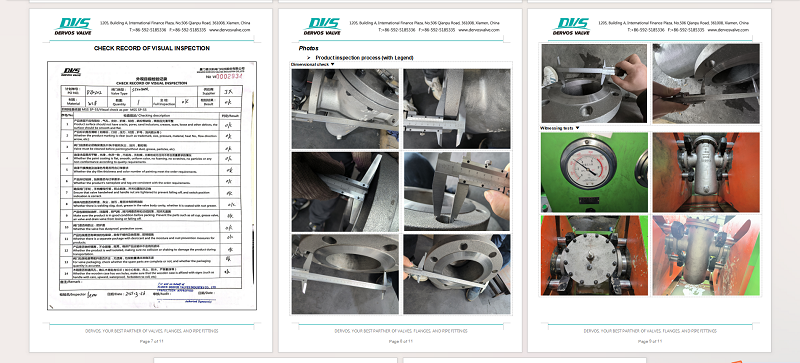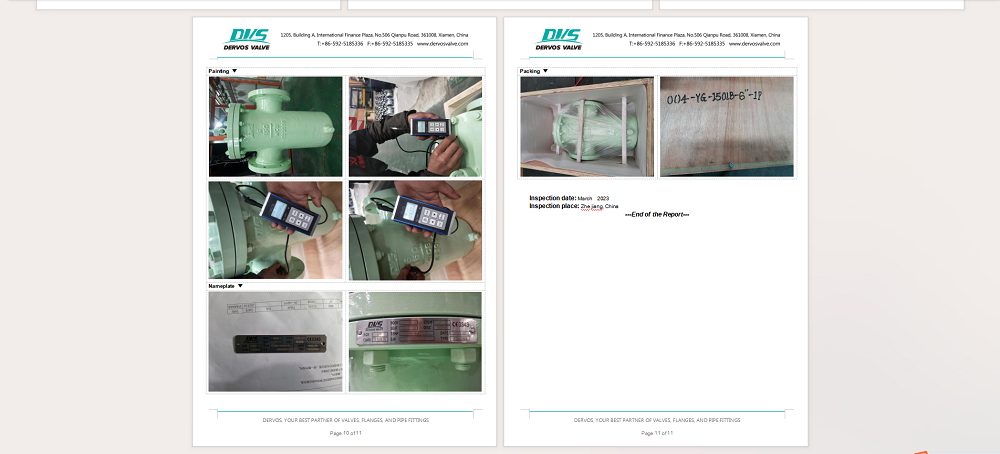How Does a Plug Valve Work?
2024-11-08
The plug valve is a commonly used fluid control valve, widely applied in industries such as oil, natural gas, and chemicals due to its high sealing performance and ease of operation. The valve features a simple design, where a rotating plug controls the flow direction of the fluid, ensuring safe operation in systems involving high pressure, high temperature, and hazardous media. 1. Working Principle The core structure of a plug valve is a cylindrical or conical plug with a through passage. When the plug rotates, the passage aligns or misaligns with the fluid pathway of the valve body, thus controlling the opening and closing of the valve. (1) Open Position When the passage on the plug valve aligns with the fluid pathway of the valve body, the fluid can flow directly through the valve, ensuring an unobstructed flow. This design minimizes pressure loss during fluid flow, making it suitable for applications where maintaining stable flow is essential. (2) Closed Position When the plug is rotated 90 degrees, the passage becomes perpendicular to the fluid pathway, completely cutting off the flow of fluid, achieving the closed position. The 90-degree rotation of the plug valve allows for a complete shutdown of the fluid flow, offering a quick response, making it ideal for emergency shut-off applications. 2. Structural Characteristics (1) Types of Plug Valves Plug valves typically come in two types: conical and cylindrical plugs. The conical plug provides better sealing performance but may require additional lubrication or material support at high temperatures, while the cylindrical plug operates smoothly and is suitable for applications requiring frequent on/off operation. (2) Sealing Materials The sealing design of plug valves typically uses PTFE (Polytetrafluoroethylene) or other non-metallic lining materials, which offer high corrosion resistance and flexibility, ensuring good sealing performance even under high pressure. Additionally, some high-end plug valves employ metal-to-metal sealing for extreme environments, preventing seal failure. (3) Wear and Corrosion Resistance The internal materials of plug valves are typically made of corrosion-resistant materials such as stainless steel or nickel-based alloys, preventing wear caused by medium corrosion. This makes them suitable for transporting acidic or corrosive media and is commonly used in the chemical industry and refining systems. (4) Simple Maintenance The internal structure of the plug valve is simple, with no complex springs or valve disc mechanisms, making disassembly and maintenance relatively easy. In high-temperature and high-pressure environments, specific materials and designs can be selected to extend the valve’s service life and reduce subsequent maintenance costs. 3. Application Scenarios The application of plug valves is commonly found in critical situations where leakage prevention is essential, as well as in systems requiring rapid opening and closing or fluid shut-off. Below are ...
